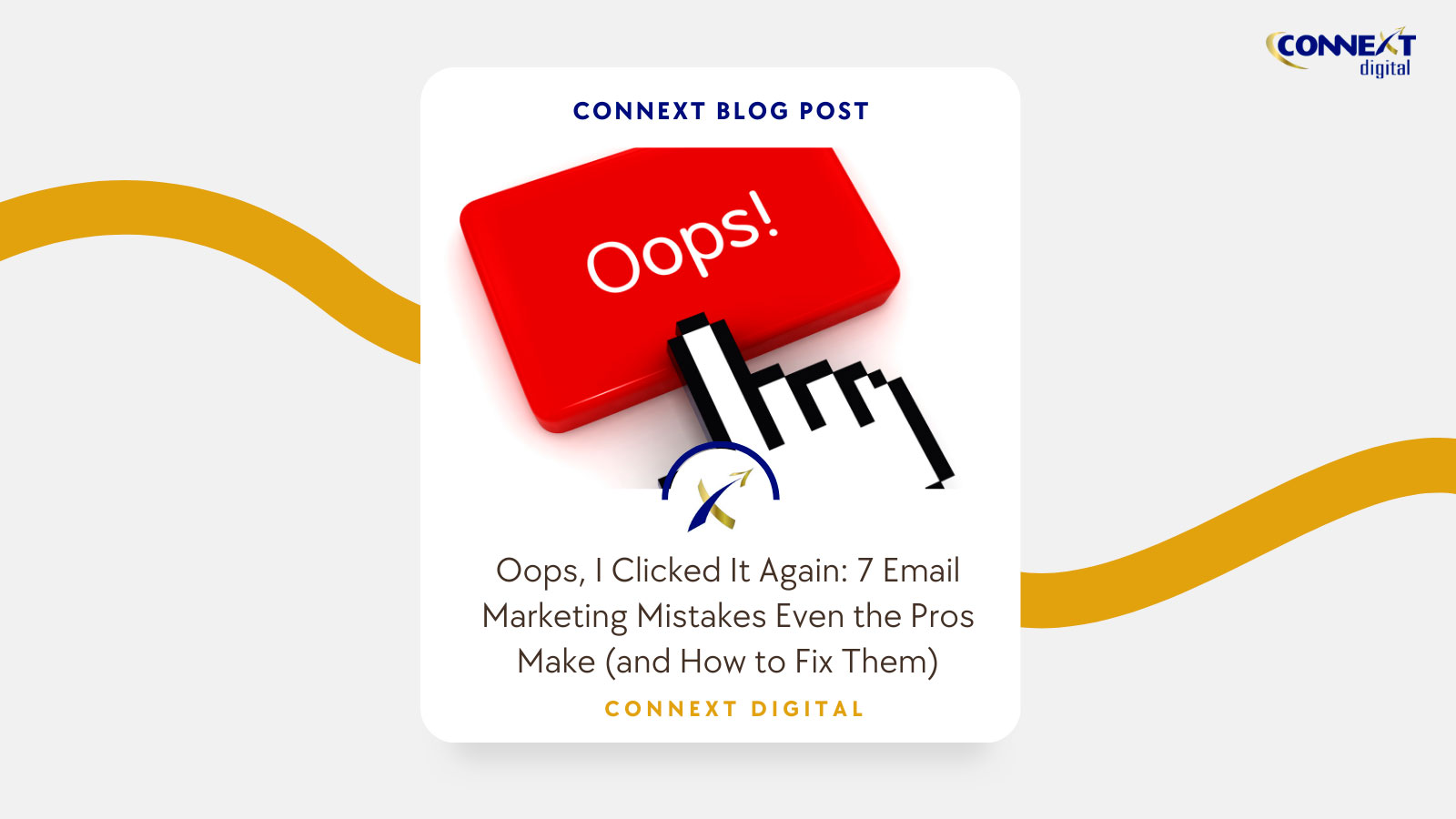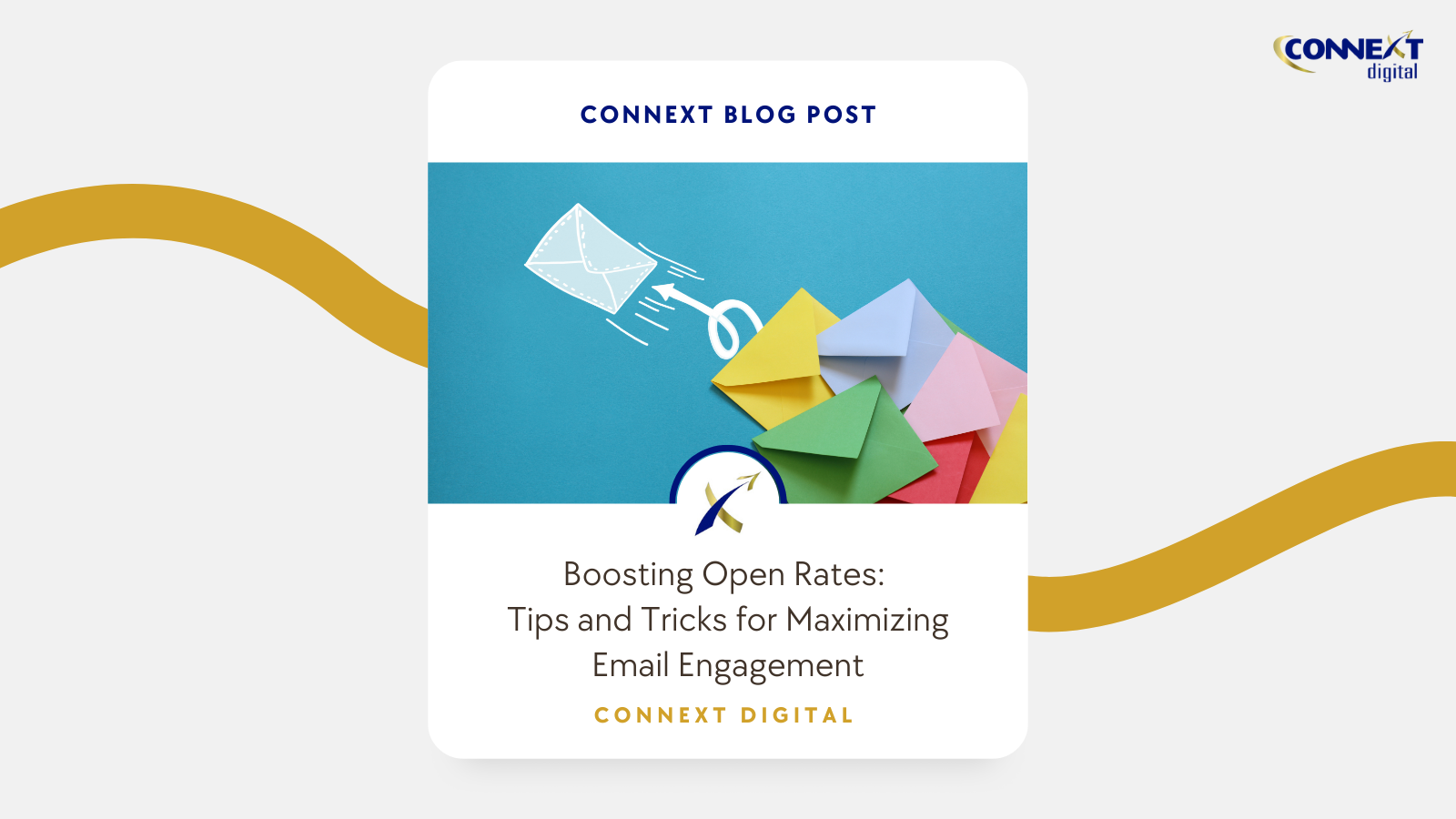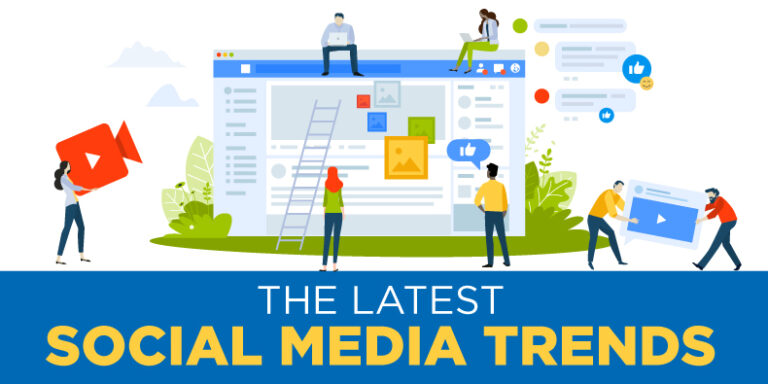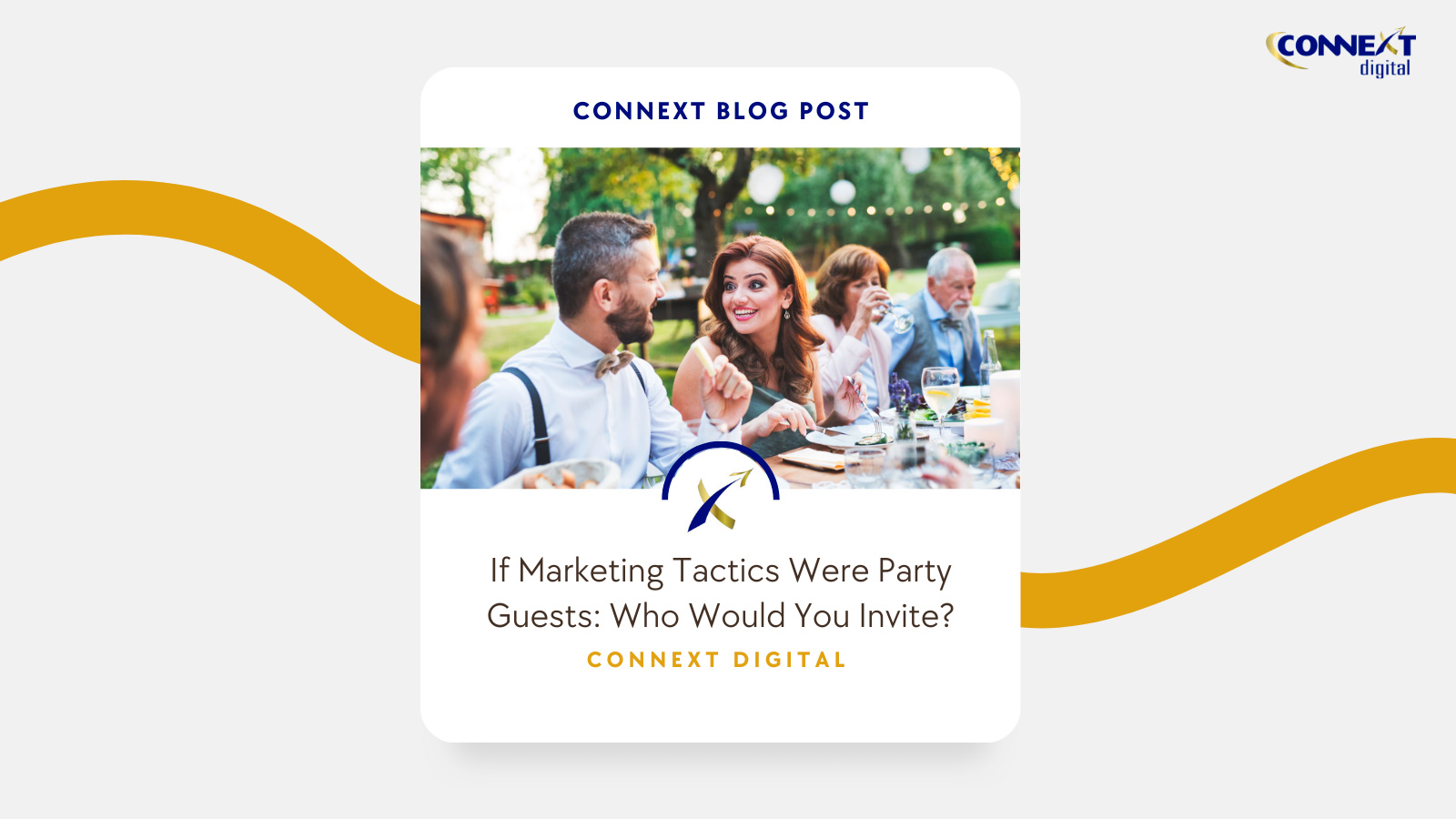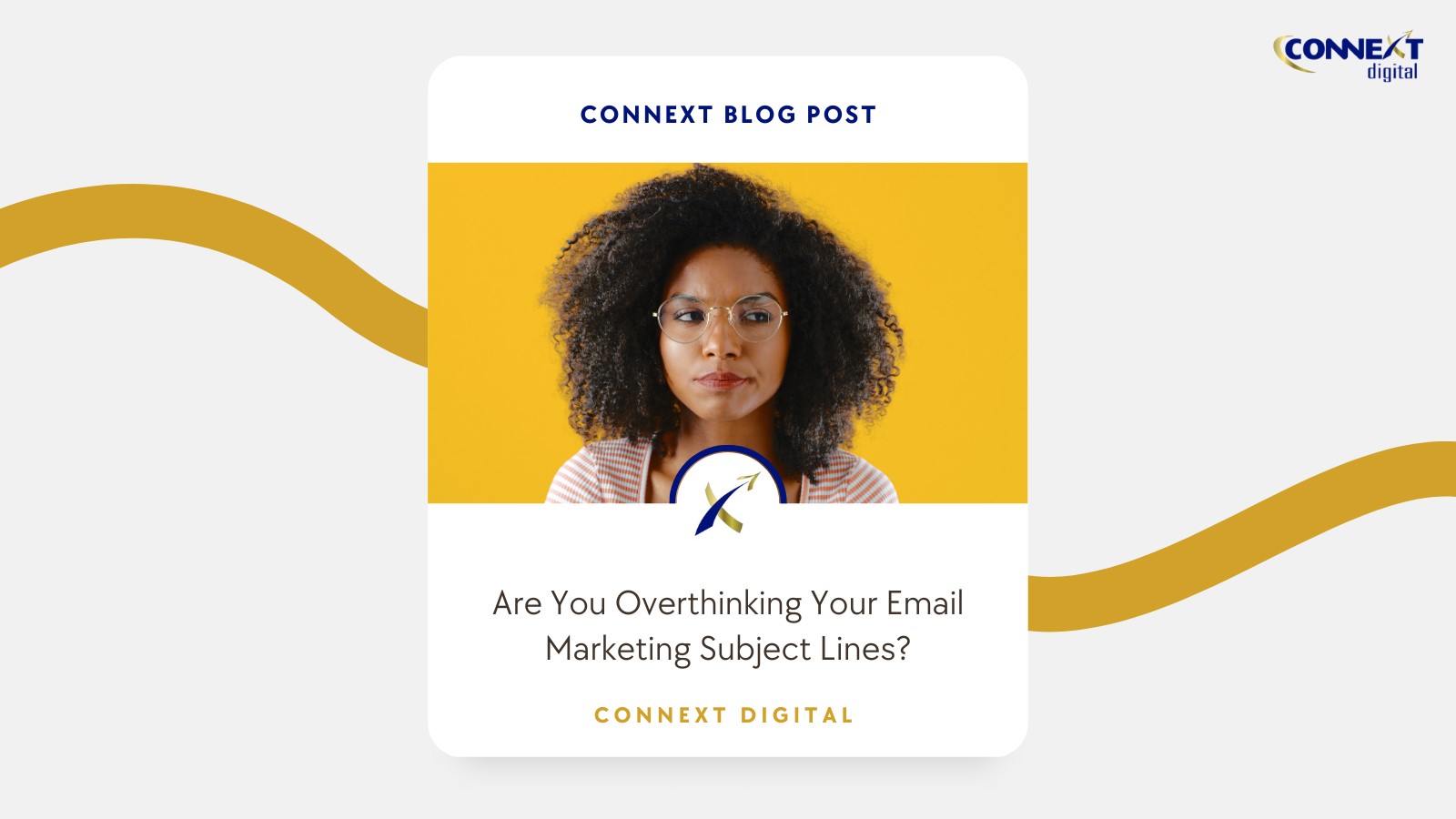
The Latest Social Media Trends That Matter This Year
As of 2022, there are approximately 3.96 billion social media users globally.1 It’s no surprise that more than half the world lives in the world of social media for an average of 2 hours and 27 minutes per day.2 With such a huge portion of our reality in the social media sphere, it’s become crucial to stay up to date on the latest shifts and trends. The platforms we know and love are changing all the time, and so are their users. After combing through the latest statistics on social media, we came up with several trends to keep in mind as you craft your next social media marketing strategy.

TikTok Is on the Rise
While TikTok’s rapid increase in popularity might appear obvious to the average social media user, the rate at which it’s growing and who it is reaching is nothing to ignore. With a 45% increase in users in less than a year and a global user base that has increased 1,157% between 2018 and 2020, this is a platform that clearly isn’t going anywhere any time soon. If you want to reach targeted audiences, TikTok is the path forward. This is especially true for brands that want to reach millennials. And brands are catching onto this trend quickly. Search demand for TikTok has grown 173% whereas search demand has only grown 22% for Instagram Reels and has decreased 33% for Instagram Stories.3 Not to mention the fact that TikTok videos account for most of Instagram’s short form video content. While TikTok might seem intimidating, we recommend getting familiar with it as a platform and starting to sketch out ideas for the future so you can stay current.3 If you want to learn more about the importance of TikTok in your strategy moving forward, check out our blog “Why TikTok Should Become Part of Your Marketing Strategy.”
More Spend on Smaller Social Media Networks
With so many ads on big platforms such as Instagram and Facebook, studies have found that consumers may also be receptive to ads on smaller platforms such as Snapchat, TikTok, and Pinterest. One study showed that consumers ranked TikTok ads as more enjoyable than other ads and another study showed that Snapchat ads have had more reach than TV ads. Pinterest was reported to have higher ROI and cheaper conversion rates overall as well, making it a great potential channel to spend dollars and reach new audiences. This is especially true for retail brands, which can get twice their ROI when using Pinterest over other channels.4 What do all these platforms have in common? They encourage advertisers to create ads that fit seamlessly into the user-generated content on the platforms. This trend is something to keep in mind as you shape your strategies and decide where to put your dollars.
Social Media eCommerce Is on the Rise
There’s no denying it, consumers want to shop on social media more than ever before. This trend naturally follows the trend of 81% of shoppers using social media to find new brands and products.4 Shoppers have gotten hungrier, and are seeking everything from shoppable posts to Instagram Storefronts.6 But never fear, there is no pressure to list your entire inventory on social media; it’s more important for customers to see that you have a few items available on your social commerce presence.3 Adapting to the changing landscape of social media to become more of a retail platform in any small ways you can will help your business tremendously in the short-term and long-term.
Short-Form Over Long-Form Video
With the exception of YouTube, it seems that long-form video is not as captivating as many expected it to be. With TikTok, Instagram Reels, and YouTube Shorts on the rise and 60% of all videos on the Internet in 2020 under 2 minutes long, it’s clear that short-form video is the trend to jump on when it comes to producing content.3 Additionally, 82% of all online content will be video this year.4 From TikToks to “trending short-duration content that disappears within 24 hours of posting,” incorporating this type of content into your strategy moving forward will be crucial.6
Community-Oriented Content & Creators
As social media evolves, gone are the days of big influencers running the show. Consumers are drawn to smaller, more authentic communities more than ever before, causing brands to partner intentionally with creators who can connect them with their desired audiences and earn their trust. While this has largely been driven by creators, who “add richness and value to already existing interest groups,”5 it is the larger community that engages with these creators and the brand that has tremendous power to lift up the brand. Finding ways to earn your unique community’s trust will prove to be crucial in the future.5
TikTok is a great example of the nuanced, rich, and vibrant communities that exist digitally now. No matter how obscure, “plant fanatics, witches, and rug aficionados are carving out their own spaces to share and develop their interests.”5 Once you find the niche audience that your brand can speak to and treat that audience with respect, there are no limits to what you can accomplish. It’s no easy task, but there are endless rewards if you succeed. Twitter has even started testing a “Communities” feature to further facilitate this development. Paying attention to the communities relevant to your brand and objectives will serve you well moving forward.5
The Power of Creators & Influencers
As previously mentioned, creators and influencers are tied to the recent rise in community. As communities grow, so do the number of creators and influencers who help to build them. As of 2021, 50 million people defined themselves as creators on social media and this number only continues to grow. On top of this, businesses are projected to spend $15 billion on influencer marketing by this year, which undoubtedly is motivating even more folks to become social media creators or influencers.3
Social media platforms play a key role in facilitating this, creating new platforms such as TikTok Creator Marketplace, Instagram Collabs, Facebook Brand Collabs Manager, and YouTube Brand Connect (just to name a few) that make it easier than ever for creators and influencers to successfully connect with their own niche audiences, and for brands to do the same.3 The influencer/creator landscape is shifting to favor micro-influencers, a “network of small, relevant, niche influencers” who can get brands higher engagement at a lower cost.4 Being aware of which influencers are the best fit for your brand and utilizing the channels to reach them via social media will be important for all brands moving forward.
User-Generated Content & Augmented Reality
As we have seen from the rising popularity of TikTok and the unexpected success of advertising on Snapchat and Pinterest, users are gravitating towards user-generated content (UGC) more than ever. Done correctly, having user-generated content that puts your brand in a positive light “can help your brand seem more trustworthy and can do wonders for your image.”4 This is a unique advantage to this type of content, and something to keep in mind as you strategize.6
We’re also seeing a rise in the adoption of augmented reality (AR) technology and virtual reality (VR) technology on social media platforms, namely Snapchat, Instagram, and TikTok. While we’re used to seeing fun filters at this point, what you might not expect is AR’s ability to boost engagement. AR has proven to increase click-through rates by as much as 33% and is only going to continue to evolve, especially in the world of shopper experience and eCommerce as innovation continues.4
Paid Advertising & Reaching New Customers
While organic social media is hugely important and not going anywhere soon, many businesses feel that they want to invest more of their budgets in social media advertising on some level. Small to medium-sized businesses listed this as their #1 challenge related to social media.3 If you are also experiencing this struggle, you’re not alone. With this challenge in mind, the main social media goal of most marketers this year will be to reach new audiences, so when it comes to reaching new customers, paid ads are going to be an integral part of your strategy. If you are looking to further develop your audience, check out our audience development and profiling solution at Connext Digital. We pride ourselves on our expertise when it comes to reaching new customers.
Maintaining Customer Relationships & Branding Via Social Media
In addition to reaching new customers, social media has also become a tool for maintaining a strong base of customers and fostering deeper relationships with them. Brands are using social media to deliver customer service now more than ever, and 60% of all customer service requests will be sorted out by means of digital channels by 2023.”4 To meet this trend head on, brands are creating templates for FAQs and chatbots to meet customer needs as quickly and efficiently as possible while still maintaining a strong brand image. It definitely appears that staying on top of customer service via social media will reward brands in the future.1
Taking this concept to the next level is social listening, a recent development in the world of social media that is rapidly growing in popularity. Social listening is proactive and strategy-based with an insight development focus whereas social monitoring is more reactive and tactics-based with an information gathering focus. Social listening tools keep you aware of brand mentions, trending hashtags, products, people, competitors, and keywords that are relevant to your brand.3 While social media is more targeted, social listening takes data from social media and uses it to take a broader approach to show you the big picture. A few examples of social listening tools include Clarabridge, HubSpot, Lately, Sprout Social, and Hootsuite. There will certainly be more on the horizon, so keep your eyes peeled for more.1
Starting with Local Audiences
Creating content geared towards local audiences and then delivering that content to local consumers is becoming increasingly popular. This includes geo-tagging stories and posts, both organic and promoted. This allows your brand to get more intimate with certain audiences and gain loyalty, and it’s especially popular for small businesses to do before trying to compete with larger brands on the national or global scale.3 Geo-targeting tools will only continue to evolve as the need for them does and more brands seek them out.
How Connext Digital Can Help
Here at Connext Digital we’re equipped to support a variety of your social media needs to stay up to date with these trends. Not only can we help you to effectively advertise on Facebook and Instagram via desktop banners or mobile banners, we also have demographic information that gives us the ability to execute geographic targeting on the country, state, and zip code level to ensure you reach the audience you need to. We’re also prepared to help you dip into the world of TikTok advertising—whether your goal is brand awareness, reach, sales, or advertising a new product launch, we’re ready to help your business succeed. Contact Connext Digital today if you’re looking for support with your social media advertising strategy and execution!
1 https://www.techtarget.com/whatis/feature/9-social-media-trends
2 https://explodingtopics.com/blog/social-media-trends
3 https://blog.hootsuite.com/social-media-trends/
4 https://influencermarketinghub.com/social-media-trends/
5 https://www.hootsuite.com/research/social-trends
6 https://www.stanventures.com/blog/social-media-trends-this-year/
Jessica Rodriguez
Search for:
Subscribe to our Newsletter!
Most Popular Blog Posts
